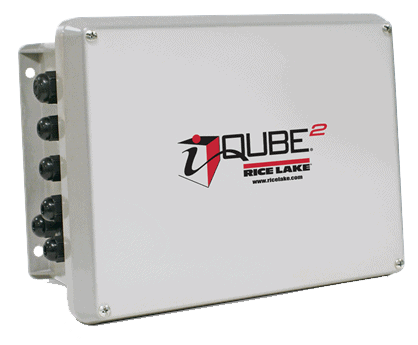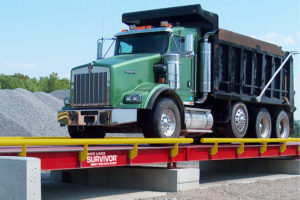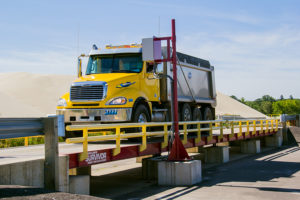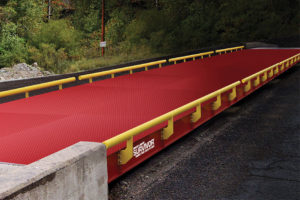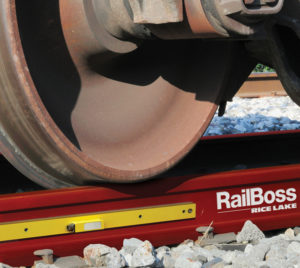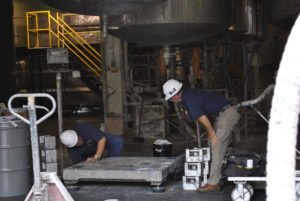Metrology Glossary: Junction Box (J-Box)
What Is A Junction Box (J-Box)?
A junction box, often referred to as a J-box, plays a crucial role in the functionality of high-capacity weighing systems, including truck scales and rail scales. Its primary function is to safeguard and separate the electrical connections associated with load cells, which are the sensors responsible for measuring the weight of the load. Additionally, the junction box consolidates the signals generated by the load cells to deliver a singular, precise weight measurement to the weight indicator. These junction boxes are typically constructed using robust materials like stainless steel or aluminum, designed to endure the demanding conditions of industrial usage.
What Are Junction Boxes Used For?
Load Cell Protection and Signal Consolidation:
- Securing electrical connections: The junction box serves as a protective housing for the wiring and connections of numerous load cells, safeguarding them against environmental threats, physical harm, and electrical disturbances. This guarantees the dependable transmission of weight data.
- Streamlining load cell signals: By amalgamating individual signals from multiple load cells, the junction box creates a cohesive signal, enabling the weight indicator to accurately interpret the overall weight applied to the scale.
Elevated Precision and Operational Excellence:
- Accurate Weight Measurement: Through the amalgamation and amplification of load cell signals, the junction box significantly contributes to precise and consistent weight readings, even for substantial loads such as those on trucks and trains.
- Enhanced System Reliability: The sturdy construction and protective features of the junction box minimize the likelihood of electrical complications or signal interruptions, ensuring a more dependable operation of the weighing system.
Practical Benefits:
- Simplified Installation and Maintenance: Acting as a centralized hub for accessing and managing load cell connections, the junction box simplifies the processes of installation and maintenance.
- Flexibility and Scalability: The capability to interconnect multiple load cells through the box facilitates the creation of tailor-made weighing systems for diverse applications and capacities.
- Environmental Safeguarding: The weather-resistant enclosure of the junction box shields electrical components from harsh conditions, guaranteeing prolonged functionality in industrial settings.
